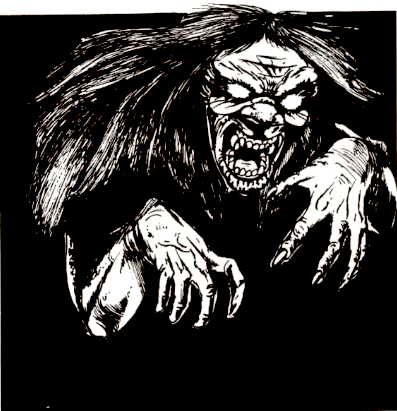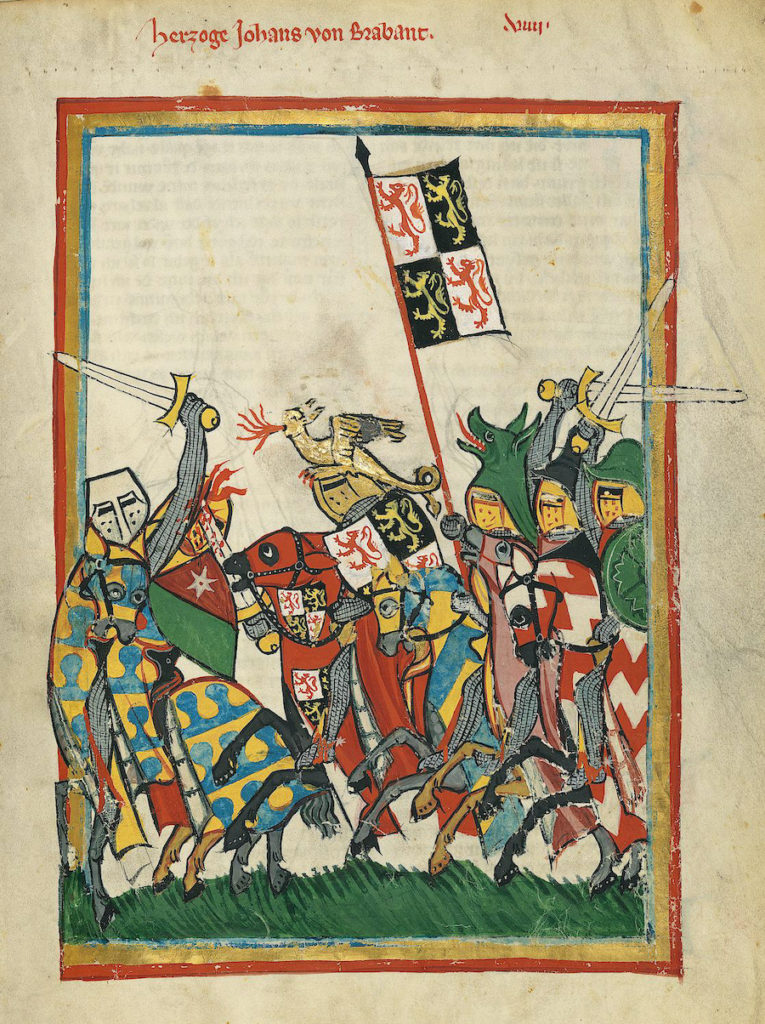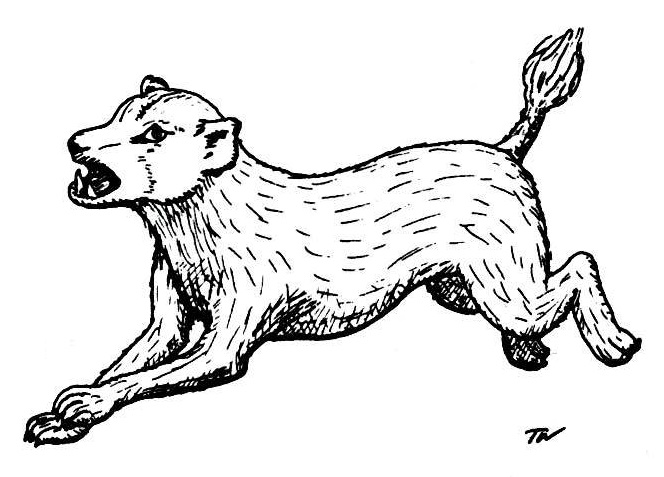Medieval Scholasticism & the Undead
About 10 years ago, I wrote a blogpost that summarized some of medieval scholastic thought about the nature of angels as intellectual (as opposed to corporeal) beings. You can check that out by clicking here. If you don’t feel like clicking away, here’s a summary of my summary:
- Intellectual beings have no material substance.
- Intellectual beings do not mediate knowledge through sensory organs.
- Intellectual beings receive knowledge immediately via the intellect without the potential errors related to physical limitations.
- Intellectual beings are invisible, completely immaterial, and are not physically limited by time and space.
With these parameters in mind, I propose that corporeal undead in an OSRIC campaign can be treated as corpses animated by evil intellectual beings, otherwise known as demons and devils. Let’s start with a list of corporeal undead, arranged from weakest to strongest (based on XP value). I’ve left liches off the list since I think they work better as they’re normally described.
Skeleton
Zombie, Normal
Coffer Corpse
Ghoul
Juju Zombie
Monster Zombie
Ghast
Wight
Mummy
Vampire
Next, I list demons from weakest to strongest. Devils can be treated in a similar manner, but I’ll not deal directly with them in this post. I’m ignoring the demonette and demoniac since they don’t really fit into the medieval concept of demons as intellectual beings.
Kullule
Dretch
Quasit
Shub
Class A (Vrock)
Ekivu
Uduk
Babau
Class B (Hezrou)
Succubus
Class C (Glabrezu)
Class D (Nalfeshnee)
Class E (Marilith)
Class F (Balor)
When a demon inhabits a corpse, the demon animates the corpse as an undead monster. The easiest way to deal with this in game is to just treat the fact as background information. The undead monster’s abilities need not change. The more complicated (and interesting) choice is to modify the undead monster’s abilities based on the type of demon involved. Regardless, it might makes sense to say that a demon’s intelligence limits the type of undead it can animate. A semi-intelligent kullule could animate a skeleton or a zombie, but it couldn’t animate a ghoul since ghouls typically have low intelligence. The undead monster’s alignment changes to that of whatever animates it.
After the choices of demon and undead monster are made, select one of the demon’s abilities, plus one more ability for every two HD the demon has. Treat each spell-like special ability as a single choice. Also, don’t forget to look at the standard demonic suspectibility to attack forms. In all cases, a demon-animated undead monster may be turned by clerics of levels 8+ and paladins of levels 11+. Using these rules, groups of undead monsters of the same type may have different (even wildly) different abilities.
For example, let’s look at a wight animated by a shub (a 5+1 HD demon). Changes to the standard wight’s abilities are bold-faced and marked with an asterisk.
Shub Wight
Size: Man-sized
Move: 120 feet
Armor Class: 5
Hit Dice: 4+3
Attacks: 1 (claw)
Damage: 1d4 + level drain
Special Attacks: Level drain
Special Defenses: Fire resistance; silver or magic weapons required to hit; spell immunities
Magic Resistance: 40%*
Intelligence: Average
Alignment: Chaotic evil
Level/XP: 6/680 + 4 per hit point
Shub wights are undead corpses animated by shubs. Their undead power is linked to the negative material plane, and thus they permanently drain a level of experience from a victim when they score a hit in combat. Although they are not damaged by sunlight, they loathe the rays of the sun and do not emerge from their barrows and lairs during daylight. Shub wights are immune to sleep, hold, cold, and enchantment spells. Once per day, shub wights can teleport* (without fail, otherwise as the 5th-level magic-user spell). Fire inflicts one-half damage* to shub wights. They take 2d4 points of damage from holy water (per vial), and are destroyed by the casting of a raise dead spell. A human killed by a shub wight becomes a wight under the control of its maker.




